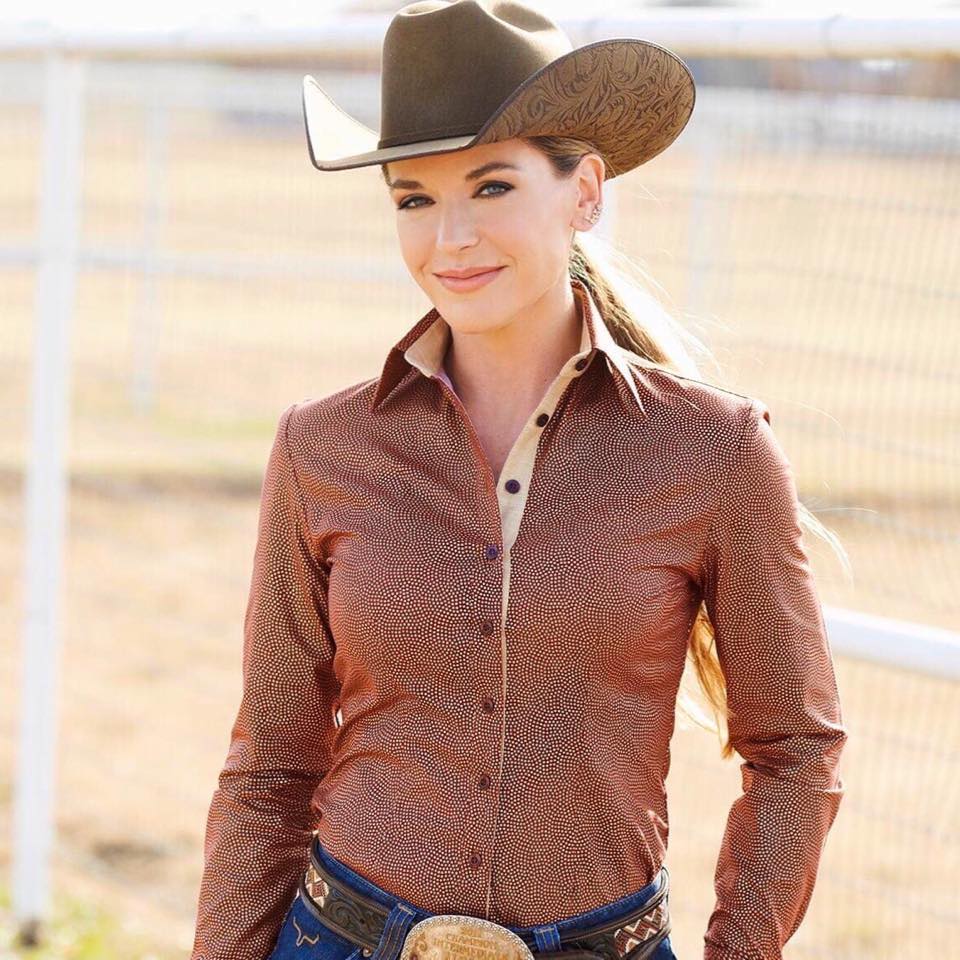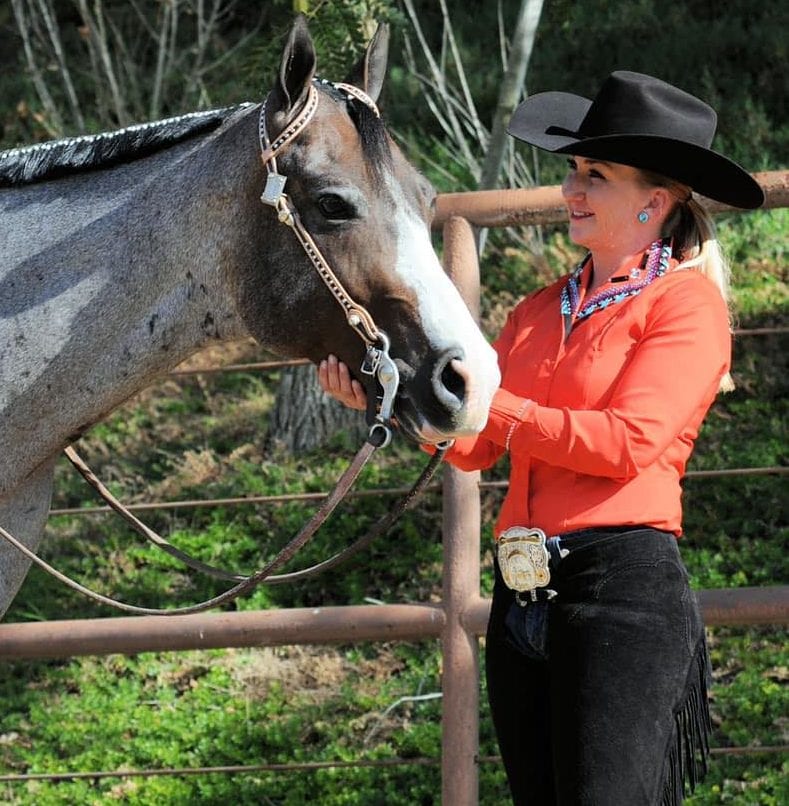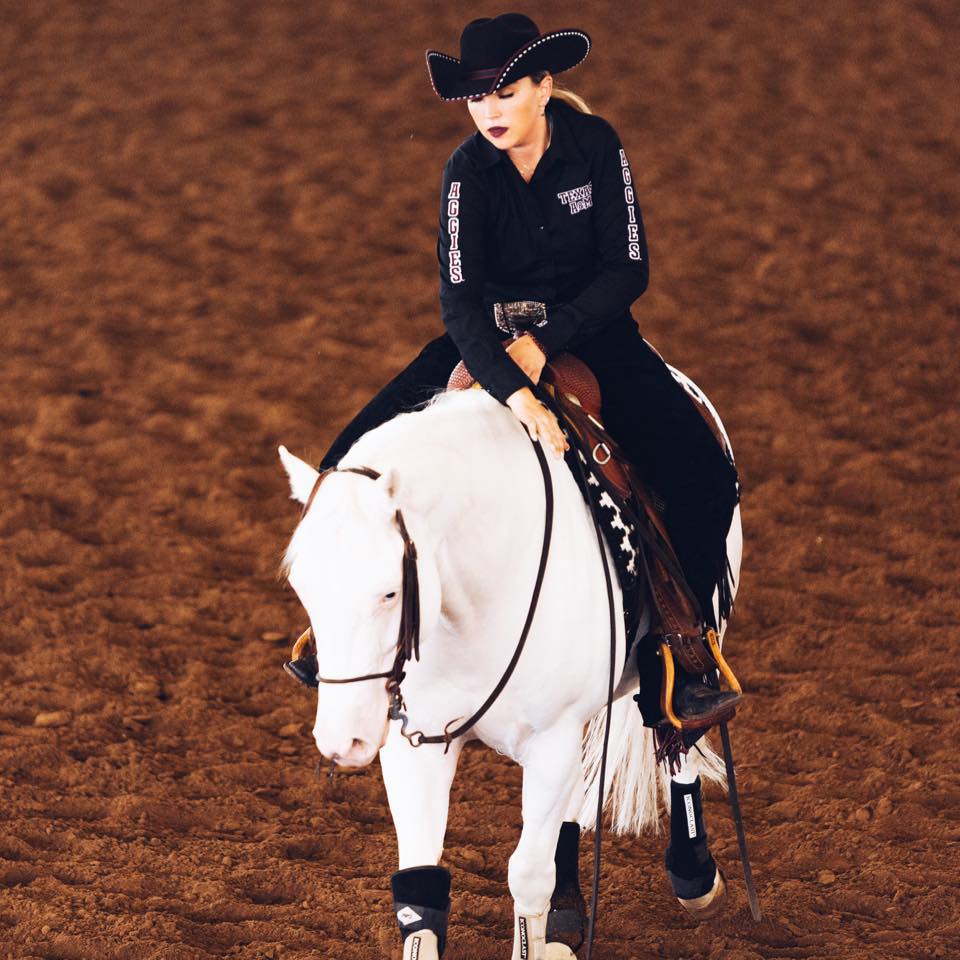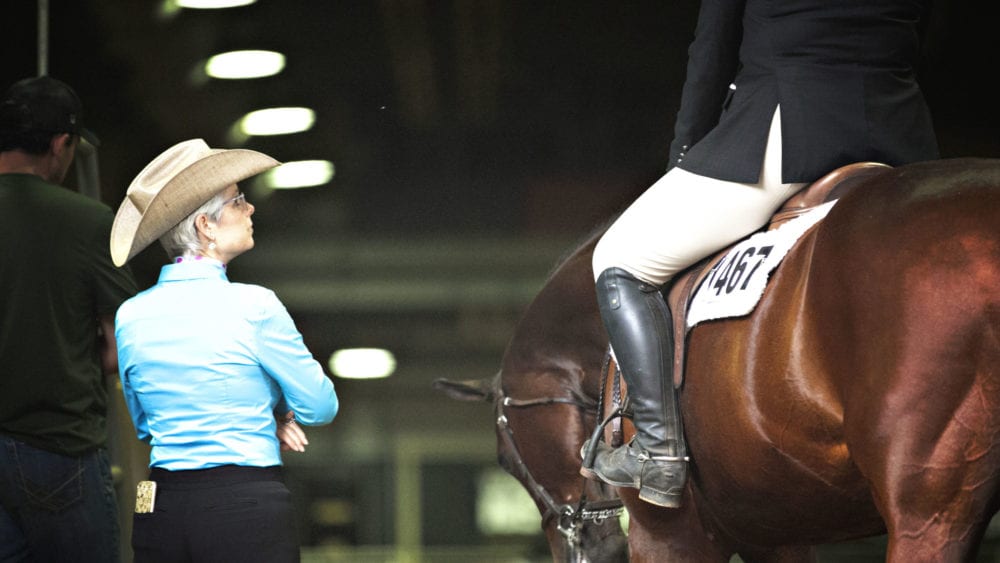Criticism is a word many athletes are familiar with as the act of noting the problems or faults of someone. Productive critiques are an essential component of progress. Without it, improvements are not as likely to be made, and an athlete’s abilities may become stagnant.
The key is, to use criticism efficiently. Not all critiques from a coach, friend, or judge root from negativity. An exhibitor who uses advice to better themselves will ultimately succeed, both in and out of the show pen.
Destructive vs. constructive criticism
It is crucial to distinguish between destructive and constructive criticism. Some exhibitors are more emotional than others, and each person handles situations differently. Knowing how to decipher the intent behind the feedback is needed to handle criticism. Beth Clemons, of Beth Clemons Performance Horses, advises, “If the advice or feedback you are getting is intended to hurt you or shatter your confidence, it is not constructive.”
 Destructive criticism is not useful; it tears an exhibitor’s confidence down instead of building it up. Texas Amateur exhibitor, Carli Stewart advises, “An example of destructive criticism is advice that might bring down the confidence of the rider or horse. As much as we learn from what doesn’t work, we still need to stay motivated to keep trying until it does, whether you change your approach or stay consistent with the one you have.”
Destructive criticism is not useful; it tears an exhibitor’s confidence down instead of building it up. Texas Amateur exhibitor, Carli Stewart advises, “An example of destructive criticism is advice that might bring down the confidence of the rider or horse. As much as we learn from what doesn’t work, we still need to stay motivated to keep trying until it does, whether you change your approach or stay consistent with the one you have.”
Constructive criticism allows a rider to process the critiques and improve on their current skillset.
Respond, don’t react
 Reacting is when an equestrian becomes defensive or unaccepting of the feedback. Take a moment to consider what the individual said and how they approached the rider.
Reacting is when an equestrian becomes defensive or unaccepting of the feedback. Take a moment to consider what the individual said and how they approached the rider.
Most likely, they are trying to help better a rider’s skill set, not tear down confidence. Simply reacting without thought is the first “roadblock” that inhibits the growth of an equestrian.
Appropriately responding can set the tone for success. Clemons adds, “Most of the time people are trying to help and taking a minute to think can always allow you to determine if the criticism is going to be constructive or not.”
Taking a step back to process the feedback is essential before responding. Breathe, think, then react appropriately to the situation at hand.
Consider the source
It is essential to consider the source. A coach usually gives critiques to better their athletes. There are some exceptions, but in most cases, trainers give negative feedback so the rider can grow.
Stewart comments, “I love criticism. However, it 100% depends on who’s giving it. I will usually ask an individual whose opinion I highly respect. It’s my personal belief that we don’t get better without criticism and seeking out advice.”
Also, consider the converse; if someone rude or uneducated gives negative feedback, do not take it to heart. That negativity comes out of a place of jealousy and greed. Their criticism is destructive, so move on.
Focus on goals
 Exhibitors who set goals start the journey to success. The only way to ultimately achieve these goals is by effectively using criticism. Even if the feedback feels personal, remember that critiques lead to improvements, which eventually leads to success.
Exhibitors who set goals start the journey to success. The only way to ultimately achieve these goals is by effectively using criticism. Even if the feedback feels personal, remember that critiques lead to improvements, which eventually leads to success.
“Take everything with a grain of salt,” states NCEA rider, Lisa Bricker. “It is easy to be hard on yourself, but if you take it with a grain of salt, you will potentially gain knowledge from the criticism and move closer towards your goals.”
Bricker concludes, “When showing and having criticism in the picture, always make sure to focus on your personal goals, in and out of the show pen.”
Learn & grow
The ultimate way to deal with criticism effectively is by learning from it. An exhibitor who accepts the feedback, and uses it to improve, becomes unstoppable. Stewart adds, “Advice is knowledge and knowledge is learning. In the horse industry, we as individuals, need to evolve with the horses, so it is our job to keep learning and keep an open mind to new ideas and techniques.”
Imagining critiques as tools to add to a toolbox can help an exhibitor use the information to grow. After all, knowledge is power. Clemons says, “If someone suggests you try something different, that allows you to add tools to your riding toolbox. There is always room for improvement.”








